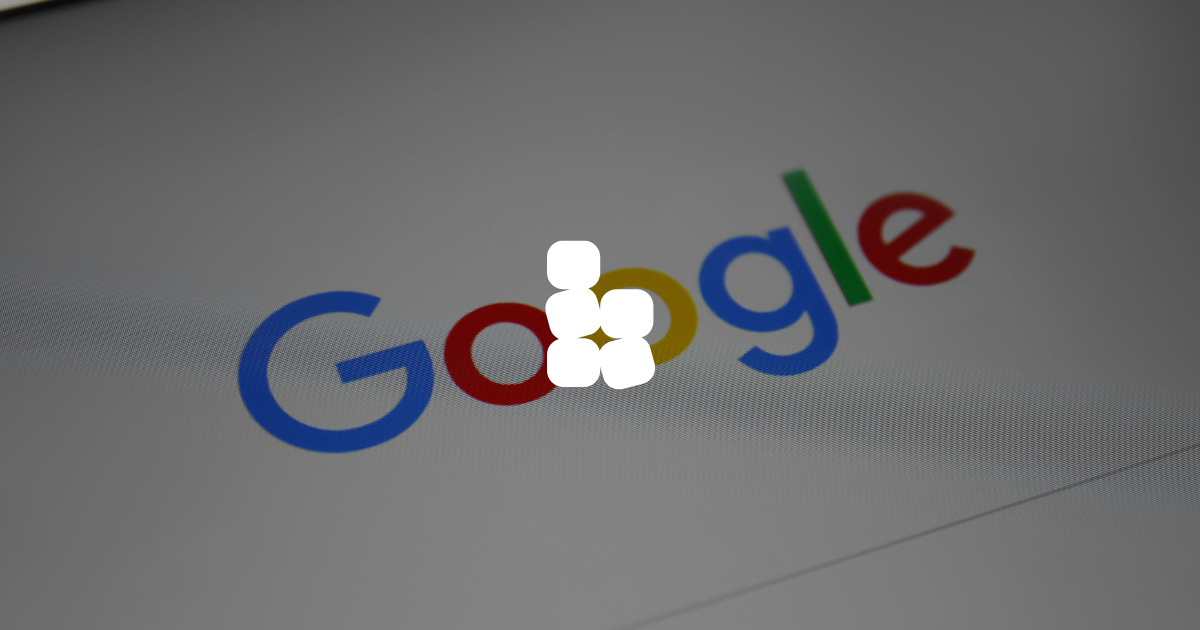With the rise of generative AI in the public narrative, it's easy to feel lost with the latest cool tech lingo doing the rounds.
To keep you in the loop, we’ve researched the latest buzzword, and we’re ready to educate you on everything you need to know about generative AI and why it’s the term to keep an eye on for marketers across all industries.
What is Generative Artificial Intelligence?
Generative AI, short for “generative artificial intelligence,” is a field of study that focuses on creating AI systems capable of generating new content, such as text, images, videos, and even music. Unlike traditional AI models that rely on predefined rules and patterns, generative AI utilises machine learning techniques to understand and mimic human-like creativity.
It’s probably why copywriters across LinkedIn are telling anyone who’ll listen that AI-driven content will never truly replace human-generated content.
How Does Generative AI Work?
In a nutshell, generative AI operates by using deep learning models, known as generative models, to analyse and understand patterns from a large dataset of examples. These models use a combination of advanced algorithms and neural networks to learn the underlying patterns and characteristics of the data. By doing so, they can then generate new content similar to what they were trained on.
It’s like those people who watch every episode of Marvel’s She-Hulk and think they can write it better because they read one of their comics six years ago. Imagine how insufferable they’d be if they had read every She-Hulk comic ever written… terrifying.
Anyway, back to it. One of the most commonly used generative models is the Generative Adversarial Network (GAN). GANs consist of two main components – a generator and a discriminator. The generator generates new content, while the discriminator evaluates the quality of that content. Through an adversarial learning process, these two components work together to refine and improve the generated content until it becomes almost indistinguishable from the real thing. Think deep fakes.
Generative AI in Action
Now, let’s dive deeper into the inner workings of generative AI. When training a generative model, a large dataset is fed into the model, allowing it to learn the underlying patterns and structures. For example, if the model is trained on a dataset of images, it will learn to recognise different objects, shapes, and colours present in those images.
The generative model then uses this learned knowledge to generate new content. It does this by sampling from a random noise vector and passing it through the neural network. The network then processes the input and generates an output that resembles the training data. This output could be an image, a sassy blog, or even a piece of music.
However, simply generating content isn’t enough. It needs to be evaluated and refined to ensure its quality. This is where the discriminator comes into play. The discriminator is another neural network that’s trained to distinguish between real and generated content. It is given both real examples from the training dataset and generated examples from the generator.
During the training process, the generator and discriminator engage in a game of cat and mouse. The generator tries to fool the discriminator by generating content as close to real as possible, while the discriminator tries to identify the generated content correctly. As the training progresses, both the generator and discriminator improve their abilities.
As the generator gets better at producing realistic content, the discriminator becomes more challenged in distinguishing between real and generated examples. Eventually, the generator becomes so proficient that the discriminator can no longer differentiate between the two. At this point, the generative model has achieved its goal of generating content that is almost indistinguishable from the real data it was trained on. Mission complete.
Examples of Generative AI
Generative AI has found applications in various creative domains. For instance, in the world of art, generative AI can create unique and visually stunning paintings, sculptures, and even fashion designs. By analysing existing works and learning their styles, generative AI systems can generate new art pieces that mimic the characteristics of renowned artists.
Famously, the producers of the Disney + original Secret Invasion feature an intro that has been created using generative AI. Perfect for a show about a race of shapeshifters copying human form to pass as earthlings.
In the field of music, generative AI can compose original melodies, harmonies, and even entire pieces of music. By analysing existing musical compositions and learning their structure, generative AI systems can generate new music that adheres to similar patterns and styles.
Additionally, generative AI has proven useful in the field of natural language processing. By training on vast amounts of text data, generative AI models can generate coherent and contextually relevant text, making them valuable tools for applications such as chatbots, content generation, and translation services.

The Benefits of Generative AI
While some will focus on the negative connotations of Generative AI and a world devoid of original thought, we think it brings unique benefits to various industries and fields. Firstly, it enables the creation of unique and personalised content at scale. Generative AI can help artists, writers, and designers generate new ideas and materials effectively and efficiently by automating the content creation process.
But let’s focus our attention a little closer to home. For years, marketers have known that the key to attracting search engines’ attention is the mass creation of content. With Generative AI, smaller companies have a real opportunity to battle for keywords from competitors with much larger budgets.
Furthermore, generative AI has the potential to advance scientific research and innovation. Generative AI can help scientists and engineers discover new patterns and solutions that may have otherwise gone unnoticed by generating new hypotheses, models, and simulations.
The possibilities are endless, but they also carry inherent risks.
The Challenges of Generative AI
While generative AI holds great promise, it also comes with its fair share of challenges. The biggest one is ethical implications.
As generative AI becomes more advanced, questions will arise concerning copyright infringement, authenticity, and the potential misuse of generated content.
Recently, famous money-saving personality Martin Lewis was the victim of a realistic deep fake when his face and voice were aligned to a cryptocurrency scam. There are other examples of music artists finding their voice and musical style used without consent. In recent months, a scammer sold fake AI-generated tracks of Frank Ocean, generating over £13,000.
Another challenge is the need for more interpretability. Generative AI models often operate as black boxes, making it difficult to understand how and why they generate specific outputs. This lack of transparency raises concerns about bias, fairness, and accountability in the generated content.
Additionally, training models require large amounts of high-quality data. As anyone who has dealt with large volumes of data will tell you, acquiring and curating such datasets can be time-consuming and resource-intensive.
The Future of Generative AI
Let’s be honest here: the future of generative AI holds immense potential.
With Google pushing the advancement of generative AI to its popular search engine, the question isn’t if or when this will truly take hold; it already has. As the technology behind it advances, we can expect generative AI systems to become even more sophisticated and capable. Boundaries will continue to be pushed when it comes to the creativity and generation of content, and the ability to distinguish it from its human-created counterpart will become more and more difficult.
It’s also worth remembering that there is much more good to come from generative AI than harm. Fields such as healthcare, finance, and education stand to see huge gains from its inclusion. From generating new drug candidates to simulating financial scenarios and creating personalised learning experiences, generative AI will drive innovation and improve efficiency going forward.
How to Get Started with Generative AI as a Developer
Getting started with generative AI can seem daunting, but with the right approach, it’s an accessible and rewarding journey. Begin by familiarising yourself with fundamental concepts in machine learning and deep learning.
Next, explore popular libraries and frameworks like TensorFlow and PyTorch, which provide powerful tools for implementing generative AI models. Pre-trained models and tutorials are available online that can help you gain practical experience and understand best practices.
Collaborate and participate in the generative AI community to learn from experts, share insights, and stay updated with the latest advancements. Attend conferences, join online forums, and engage in discussions to expand your knowledge and network.
Generative AI is a rapidly evolving field, and staying curious and adaptive will be crucial in your journey.
How to Use Generative AI with Bundle
Integrating generative AI into your workflow can be an exciting and transformative experience. To use generative AI effectively, it’s essential to have a clear understanding of your specific needs and goals. Identify the areas where generative AI can bring the most value and start exploring existing generative models and frameworks.
Another crucial aspect is data. Generative AI heavily relies on large and diverse datasets from which to learn. So, you’ll need to make sure access to high-quality data that accurately represents the target content domain. Curate, preprocess and clean the data to optimise the training process and improve the generated output quality.
Experimentation and iteration are key when using generative AI. Start small and gradually scale up your projects. Fine-tune the models, experiment with different hyperparameters, and iterate based on user feedback and real-world performance.
Bundle is already using generative AI within our AI-driven insights platform, and it’s making a huge difference for our customers. To discuss how Bundle and generative AI can improve your business, contact us today for a free consultation or demo.






